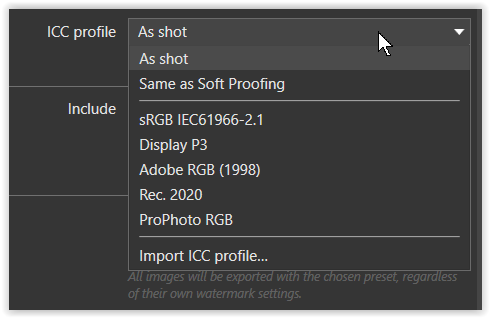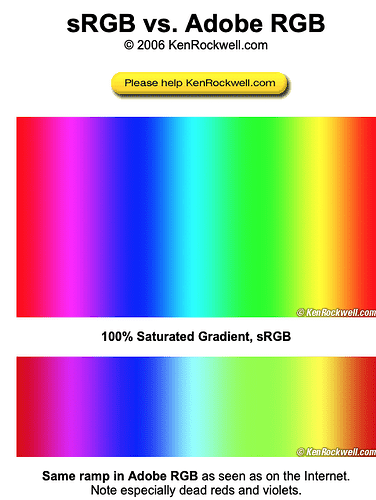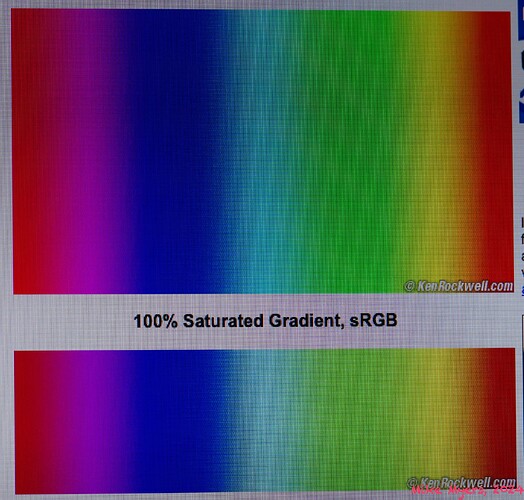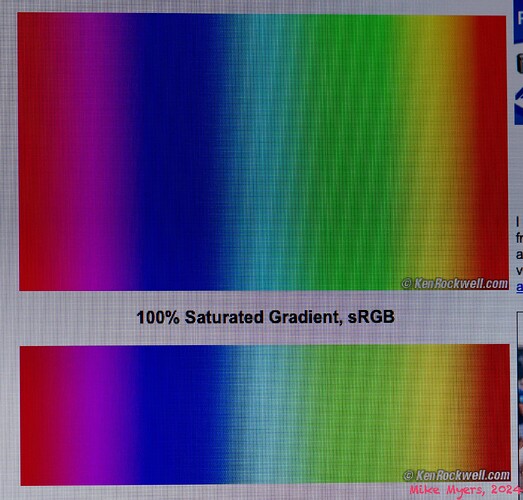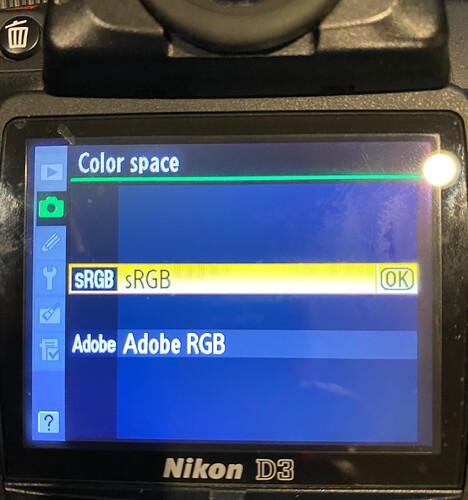This is in my opinion also the most basic thing to understand - you get more to work with.
Also a raw file contains the data that the camera took off the sensor(simplified choice of words), as well as a jpeg (you will have often read the term embedded jpeg).
How that jpeg looks is influenced by in-camera settings such as AdobeRGB vs sRGB. Such setting do not however influence the raw data you use to create your image in PhotoLab.
It is not just about having more flexibility to correct mistakes (which yes, is an element) it’s also about turning that raw file into your photo to (re)create the image of what you perceived when deciding to release the shutter. Or perhaps to better convey a mood you felt that may not be immediately apparent through an inappropriately processed image.
You can intentionally expose in such a way which would be wrong if you wanted an out of camera jpg in srgb for example, but then by making an adjustment (not correction) when processing the raw file, you are making the raw file into your photo to convey more of what you perceived in the scene.
As mentioned above, your selected colour space in the camera when shooting raw, will only influence the embedded jpg.
The colour space starts to matter when you start doing something with the raw data, which is why DxO created their own colour space to work with inside PhotoLab. It has a much larger dynamic range than sRGB for example. Though at this stage you don’t need to take the colour space into consideration (DxO has made the best decision for use with their software for you).
Due to the output limitations of mediums, i.e. screens or paper, you need to convert to the correct colour profile, which will then also limit the dynamic range of the colours of your image to that profile. This is when you need to decide about colour profile and file format.
For your intended use(screen as medium) jpg with sRGB is indeed the best. For printing - it depends. Personally, I would not assign an sRGB profile to an image for printing. However there are printing services that use jpgs at 100% quality and sRGB. With printing it is all not as straight forward or simple as with screen output.
Depending on your screen, yes
No, screen calibration does not mean you will see exactly the same thing. It will likely mean you see the same details, provided the screen has the same colour reproduction ability. When you calibrate your screen you should for example also consider your final output.
I used to also only have screens as a medium and had calibrated my screen accordingly.
But since getting a printer (again) I recalibrated the screen with a warmer and darker target. It instantly got my screen closer to my prints, however it took me some time to get used to the change in brightness and warmer colours, letting me feel the white was yellowish. If I now switch back the profile used when I was only doing things for screen, I perceive it as bright and bluish.
If sRGB made printed photos look dull and lifeless in general, I doubt so many people would get shots with bright colours from their point and shoots. I don’t see an “unless” there. Though I have done a u-turn out a shop where I was told “…we print the entire RGB colour space”.
Some service appear to be setup for sRGB because that is what most of their customers’ files have assigned and if you go to them with another colour space, they will mess up your print which would have looked better if you gave them sRGB. What I’m trying to say is, printing opens another whole can of worms … colour profiles for the paper you are using with your printer… . I went the easy route and made sure I got paper I can have acces to regularly where the manufacturer provides profiles for my printer.
I get this impression because you have ignored multiple people in this thread (who are likely laughing if they read any of this) and have so far been, almost religiously, quoting only two names as your sources of correct information. One of them internationally known for not being the best resource for people interested in raw. Again - this is not anything negative about the images produced.
And judging by how long you appear to have been at the same stage you seem to be quite content in a place where the headaches that come with raw are not necessary.
However you have now explicitly expressed the desire to do so and I hope this post helps you a bit. I also hope it is somewhat cohesive, as I have left this tab open in the browser for few hours and came back to it here and then and have not bothered to review it as a whole.

